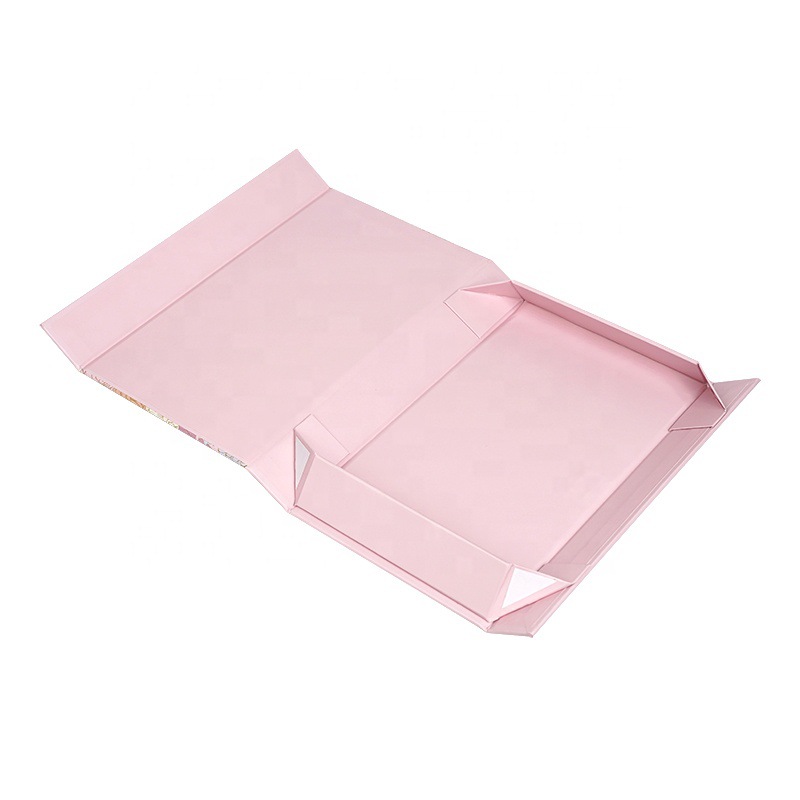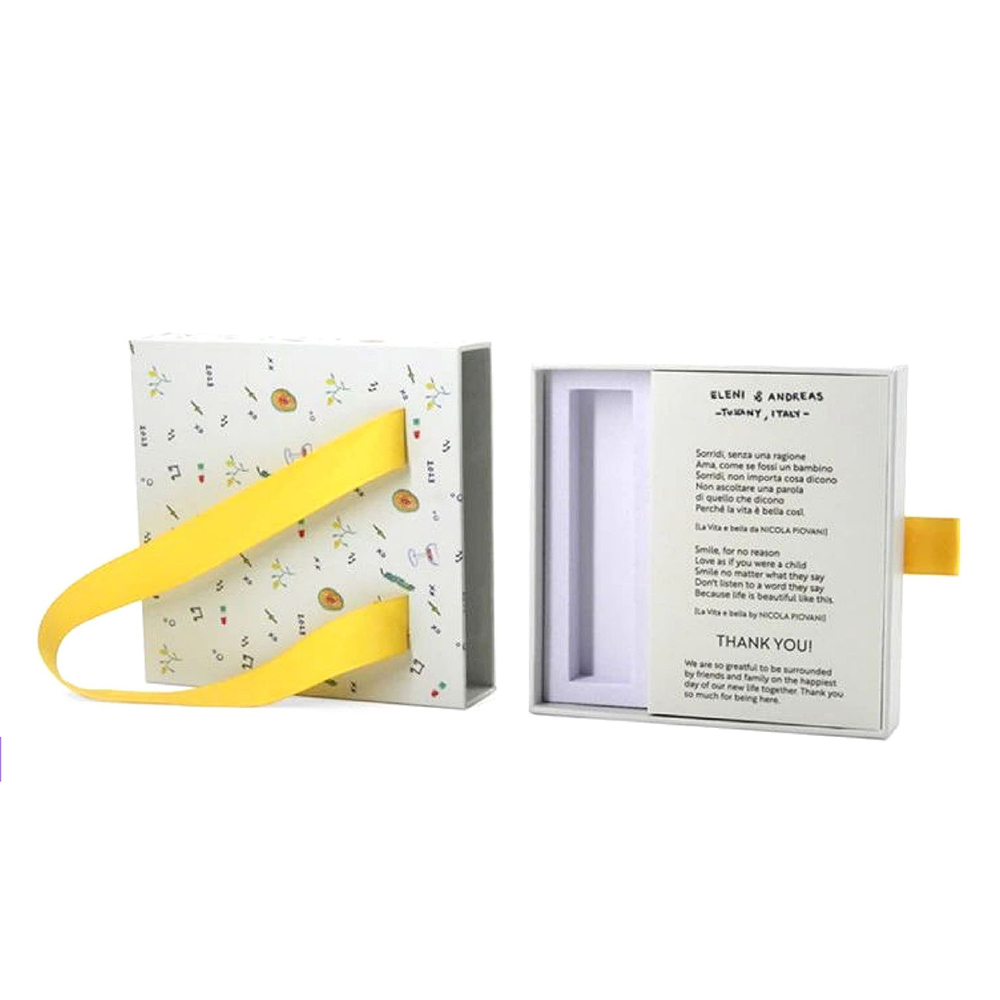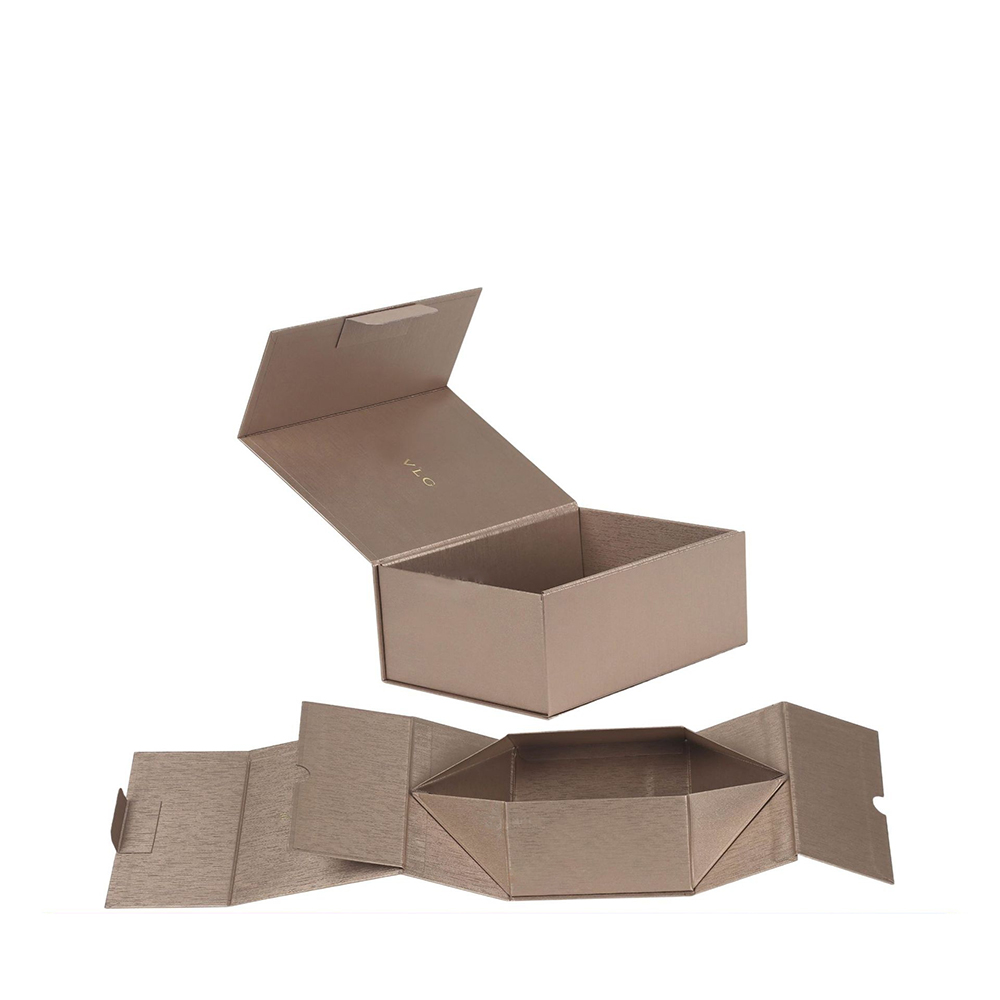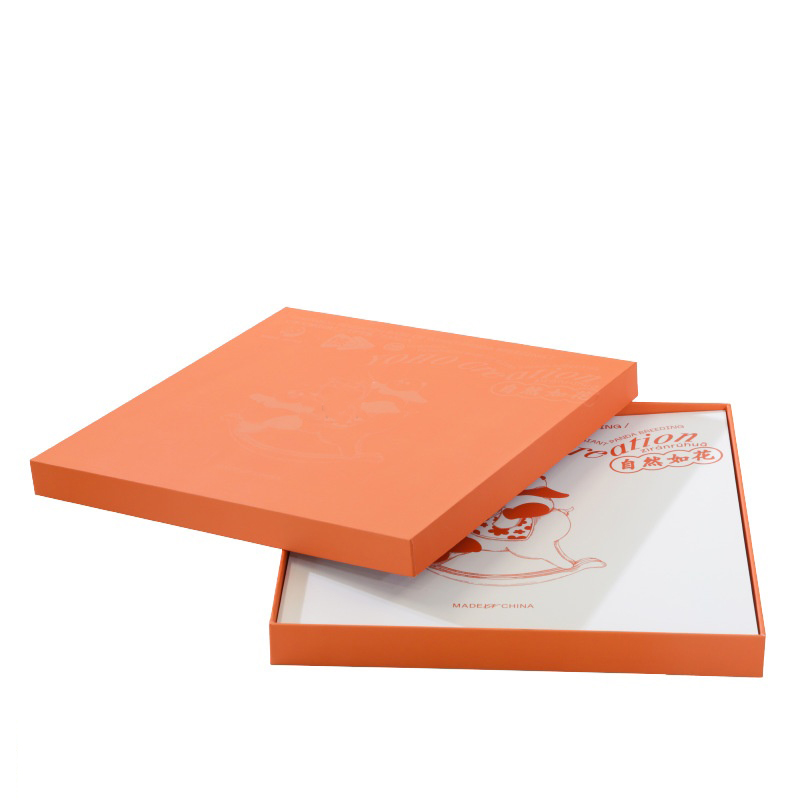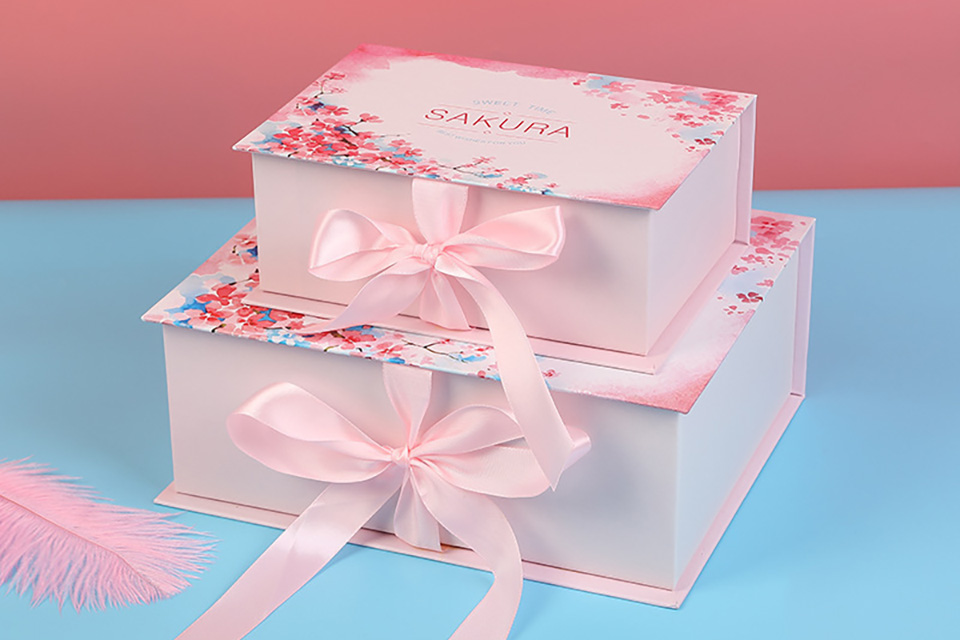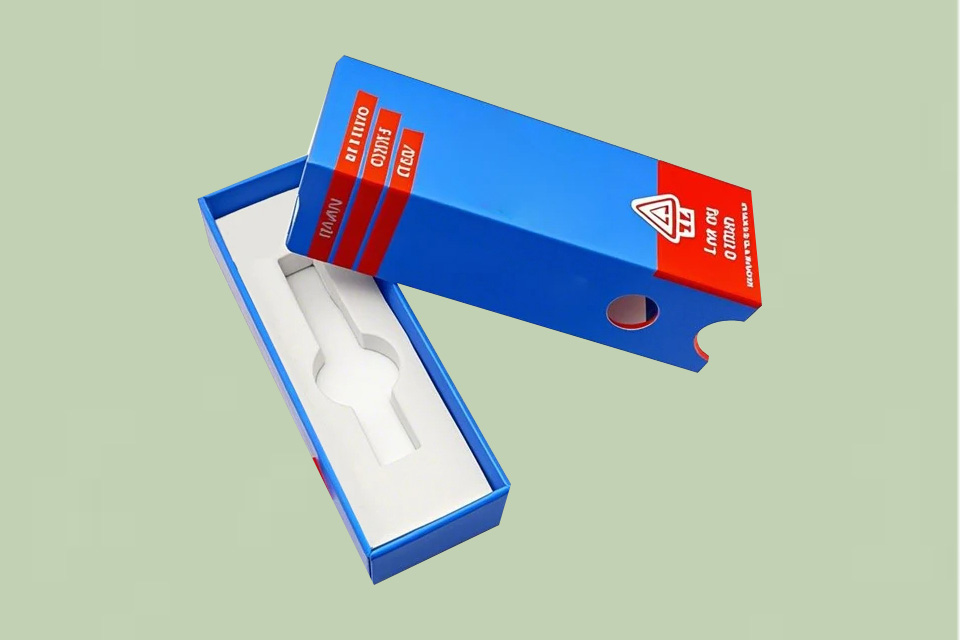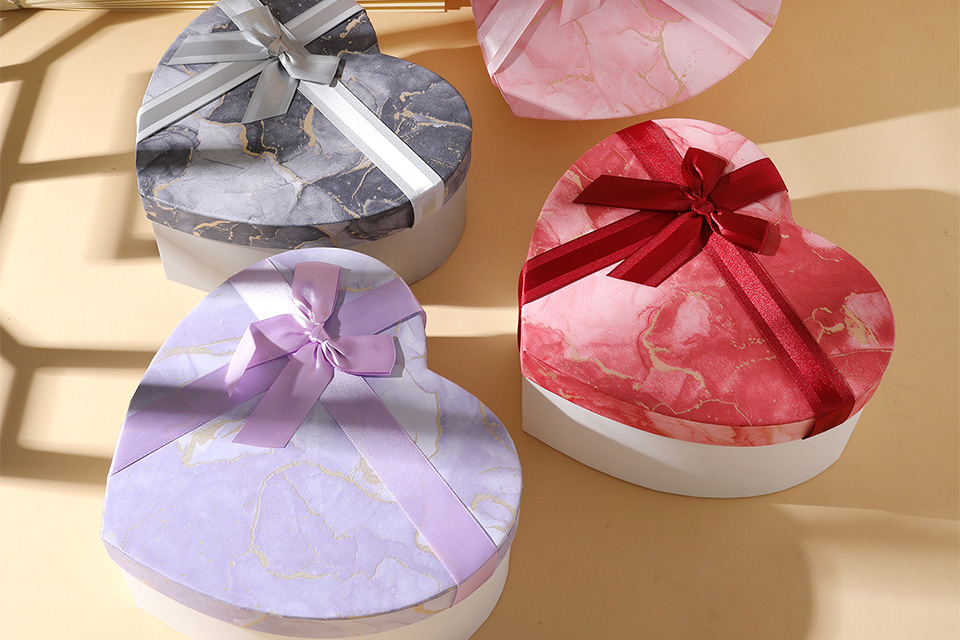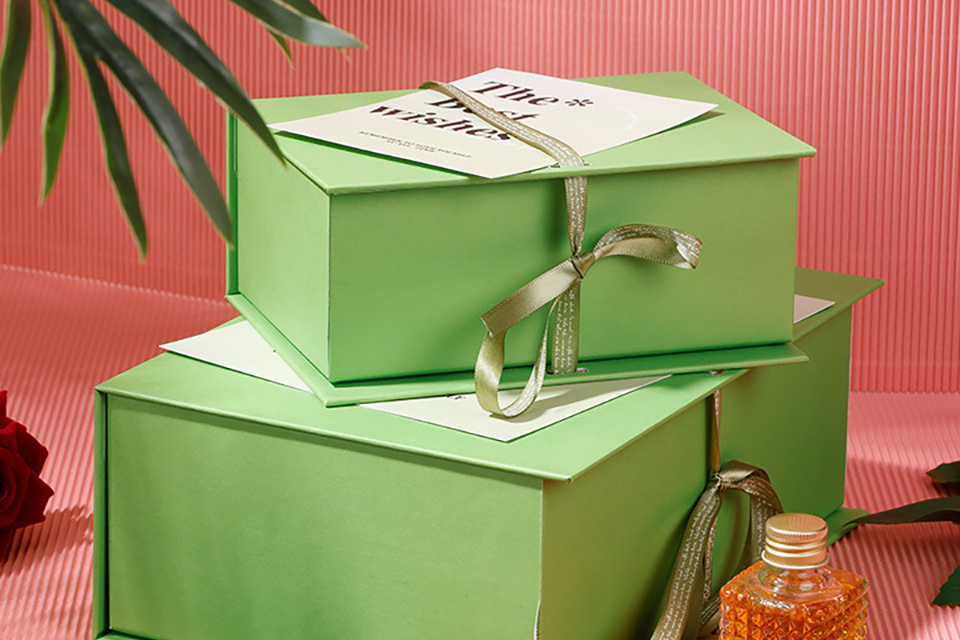Abstract
As the global cosmetics market grows at an annual rate of 6.2%, eyeshadow palettes have become a core growth point in the $28 billion beauty industry. This article, based on data from international cosmetics laboratories and market trend analysis, deeply explores the development logic of popular eyeshadow palettes, revealing five core elements such as customised design, innovative material application, and the integration of smart technology, providing brands with a replicable methodology for creating best-sellers.
1. Customised Design: Leveraging Generation Z’s Consumption
Personalised customisation has become the dominant trend in the eyeshadow palette market. According to the NPD Group’s 2024 Beauty Consumption Report, 72% of consumers are willing to pay a 30% premium for personalised eyeshadow palettes. Our blank magnetic eyeshadow palette achieves three major innovations through modular design:
- Flexible Combination of Shapes: Supports various box type customisations to suit different usage scenarios (e.g., a travel set with just 4 slots, while a professional palette can expand to 24 slots)
- Surface Treatment Technology: Utilises 3D laser engraving technology to achieve a brand logo presentation with 0.1mm precision, while UV transfer technology controls the colour difference of marble patterns within ΔE<1.5
- User Co-Creation System: Collects consumer preference data through an AR virtual try-on platform, enabling a certain domestic brand to shorten its new product development cycle by 40% in 2024
In successful international cases, HUDA BEAUTY’s customised zodiac series eyeshadow palettes sold over 500,000 units in a single month, validating the commercial value of this model.
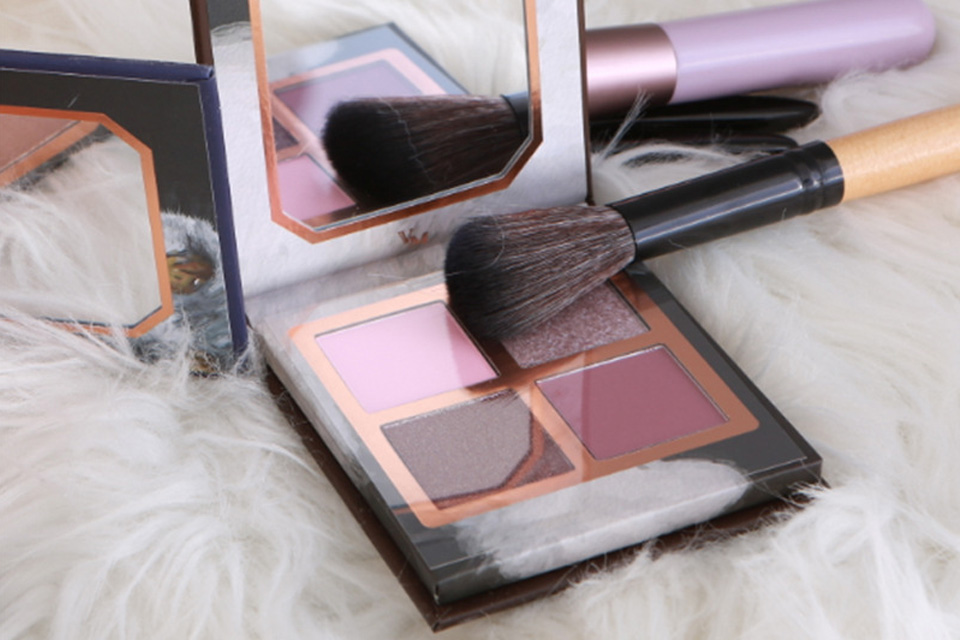
2. Eco-Friendly Material Revolution: A Practical Path to Sustainable Beauty
Globally, 62% of consumers consider eco-friendliness a key factor in their eyeshadow palette purchasing decisions. Our popular eyeshadow palette employs three layers of eco-friendly technology:
- Bio-based Plastics: The palette body is made from 30% sugarcane fibre composite material, reducing the carbon footprint by 58% compared to traditional plastics (SGS certified)
- Magnetic Replacement System: Through ISO 14040 lifecycle assessment, the magnetic strip module replacement achieves a packaging reuse rate of 92%
- Water-Based Ink Printing: VOC emissions are reduced by 89% compared to solvent-based inks, certified by the EU ECOLABEL
This aligns closely with L’Oréal Group’s 2030 sustainability strategy, with its latest development of a paper eyeshadow palette achieving 100% biodegradability.
3. Colour Engineering: Data-Driven Best-Seller Predictions
Based on a colour prediction model established from over 500,000 user profiles, the trending colour palette for 2025 exhibits two main characteristics:
- Metaverse-Inspired Colours: Search volumes for holographic blue and quantum grey, among other tech-inspired shades, have increased by 230% year-on-year
- Emotional Healing Colours: Sales of low-saturation Morandi colour palettes have risen by 41% in regions with high anxiety indices
Our Focus series utilises Pantone’s Colour of the Year and AI colour-matching algorithms, such as the “Dawn Gold” shade, which achieves a controllable change in light refraction from 1.56 to 2.02 by adjusting the mica particle size, enhancing colour rendering by 35% with this micron-level process.
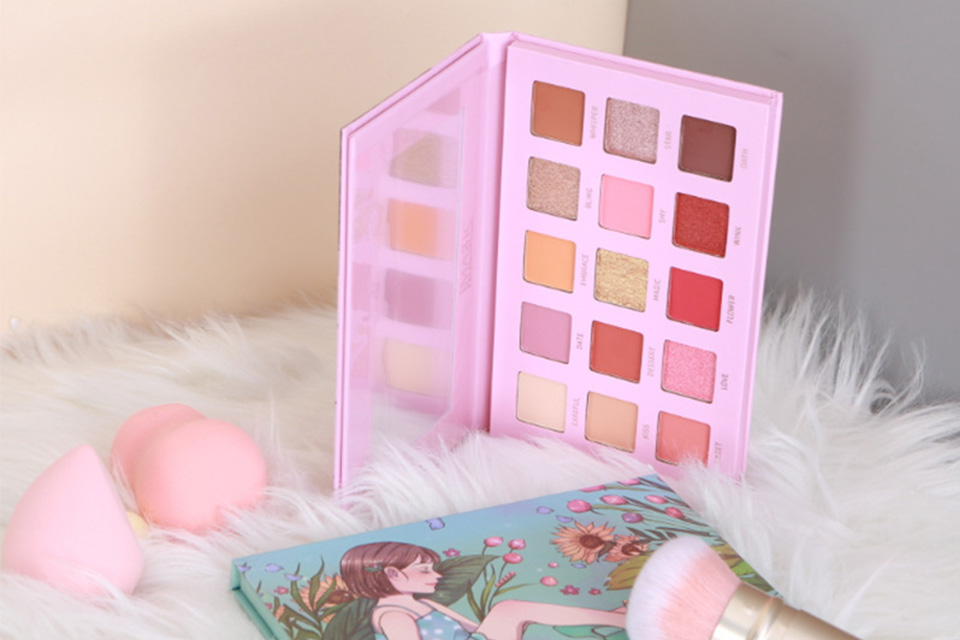
4. Smart Beauty Technology: Redefining User Experience
The intelligent transformation of eyeshadow palettes presents three breakthrough directions:
- Internet of Things Features: NFC chips record usage data, providing usage alerts and restock reminders via an app
- Environment Adaptive Technology: Thermochromic materials allow colours to shift by 0.5-1.5 shades with skin temperature changes (32-37℃)
- Virtual Try-On System: Developed in collaboration with Perfect Corp, the AR try-on accuracy has improved to 98.7%
Estée Lauder’s latest smart eyeshadow palette, featuring a built-in humidity sensor, automatically adjusts the formula’s longevity, achieving an 87% approval rate in the Southeast Asian market.
5. Cross-Industry Ecosystem Building: From Product to Cultural Symbol
The ultimate form of a best-selling eyeshadow palette is to become a cultural carrier:
- Artistic Collaborations: Collaborated with digital artist Beeple to launch an NFT eyeshadow palette, with a limited run of 1,000 pieces selling out in 30 seconds
- Fragrance Integration: Microcapsule technology embeds top, middle, and base fragrance molecules into the eyeshadow, providing scent longevity of up to 8 hours
- Social Currency Design: An Instagram-exclusive filter has been used over 100 million times, triggering free touch-up services
6. How to Create a Popular Eyeshadow Palette: The Complete Industrial Production Process
- Formula Development Stage
Base Material Selection: Utilising spherical powders from Japan’s Kobo Company (sphericity > 92%) to enhance spreadability
Binder: Plant oils replace traditional mineral oils, reducing the allergy rate from 3.2% to 0.5%
Preservative System: The synergistic preservation of 1,2-hexanediol and ethylhexylglycerin is COSMOS certified - Packaging Production Stage
Injection Moulding Precision: Mould temperature controlled at 85±2℃, ensuring a mould line precision of 0.02mm
Magnetic System: Neodymium iron boron magnets (N52 grade) ensure a 95% retention of suction power after 5000 detachments
Surface Treatment: Vacuum coating technology achieves a nano-level (80-100nm) metallic sheen - Quality Control Standards
Microbial Testing: Adhering to USP<61> standards, total bacterial count <100 CFU/g
Drop Test: Free fall from a height of 1.2m three times without structural damage
Stability Test: Maintains quality without deterioration under 45℃/75% humidity for six months
Conclusion
From modular design to intelligent transformation, the evolution of the eyeshadow palette is essentially a manifestation of consumer demand. Brands that successfully capture over 35% of market share have accurately grasped the three core elements of sustainability, individuality, and a sense of technology. In the future, with the maturation of 3D bioprinting technology, eyeshadow palettes may transcend the physical boundaries of colour, ushering in a new era of beauty with a “second layer of skin.”


